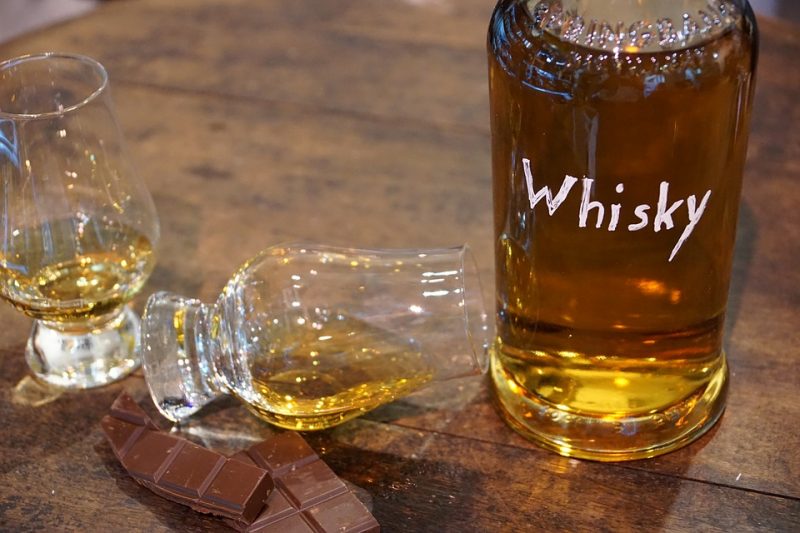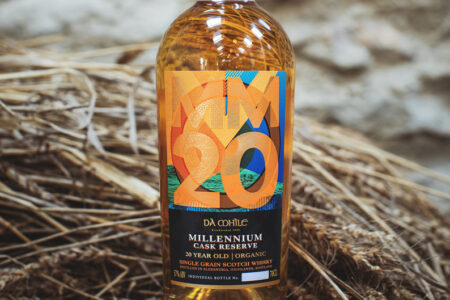Scottish, Welsh, English and Irish whisky industries agree consistent method of production

New guidelines by BSI setting out best practice for how to produce whisky have been drawn up to provide consumers around the world greater confidence in the quality of their whisky and ensure a trusted supply chain for one of the UK’s most valued exports.
The new British Standard will support distillers to produce whisky for local and global markets by focusing on the quality of the product rather than the minimum regulatory requirements.
Whisky is a key export product for the UK, with estimates suggesting sales to the US exceeded £1 billion in 2022 alone, out of £6.5 billion total alcohol exports. The standard has been developed by experts from across the Scottish, Welsh, English and Irish whisky industries*, who were brought together by BSI in its role as the National Standards Body, and becomes the world’s first standard for whisky.
With the industry growing worldwide and new distillers appearing all the time, the standard, published by BSI, the UK National Standards Body, builds on the UK and Irish industry experts’ deep knowledge of whisky production to set out how producers can deliver the specific colour, aroma and taste derived from its raw materials and production process.
The voluntary standard (BS 8636) provides a specification of the production process for the main categories of whisky traded globally. It is aimed at distillers wanting to produce a high-quality product to sell here or trade overseas, and can help both established brands and new market entrants demonstrate quality and authenticity in their production processes and supply chain. It can also be used by producers globally seeking to create a high-quality spirit which meets consumers expectations.
Scott Steedman, director-general, standards, BSI noted that the new standard for whisky effectively bottles the historic tradition of whisky distilling for the benefit of consumers and the industry.
“We recognise that distillers take great pride in their craft and the unique characteristics that define a quality whisky and we are delighted to have worked with whisky experts from across the UK and Ireland to produce a consensus standard on what good looks like for this world-renowned product,” he said.
“We hope the standard will create a benchmark for quality that will add value to the distillers who use it and increase the confidence of consumers everywhere. This new standard has world-wide application and can help to facilitate the production and trade of high-quality whisky worldwide.”
The guidance in the new British Standard, the first of its kind, details the methods of analysis which should be used to establish authenticity and consistency with that production process, the expected organoleptic characteristics, the typical ranges for analytes of interest and other technical matters.
The standard sets out details including the desired colour of the whisky, which should be caramel, ranging from a pale yellow/gold to deep amber/mahogany. It advises that whisky must be matured for at least three years in wooden casks and cannot be sweetened or contain any additives. It also sets the minimum alcoholic strength by volume as 40% and says every distillation should be carried out at less than 94.8% volume “so that the distillate has an aroma and taste derived from the raw materials used”.
The standard notes that water and plain caramel are the only two compounds that can be added to matured whisky. It also describes the process of “whisky nosing”, but it stops short of prescribing a glass shape for this, advising instead that, “the most popular glasses for this are tulip shaped, as they allow aromas to collect”.
There are other important details related to packaging, such as the advice that although whisky is not produced from animal products, the use of animal products in the production of other alcoholic beverages stored in the cask prior to the whisky should be considered when it comes to product labelling.
The new standard will be managed by a dedicated technical committee in BSI, which may revise and update the standard as required based on market feedback. BSI will discuss with the committee plans for the future, including the possibility of using the standard as a base document for an international (ISO) standard.


